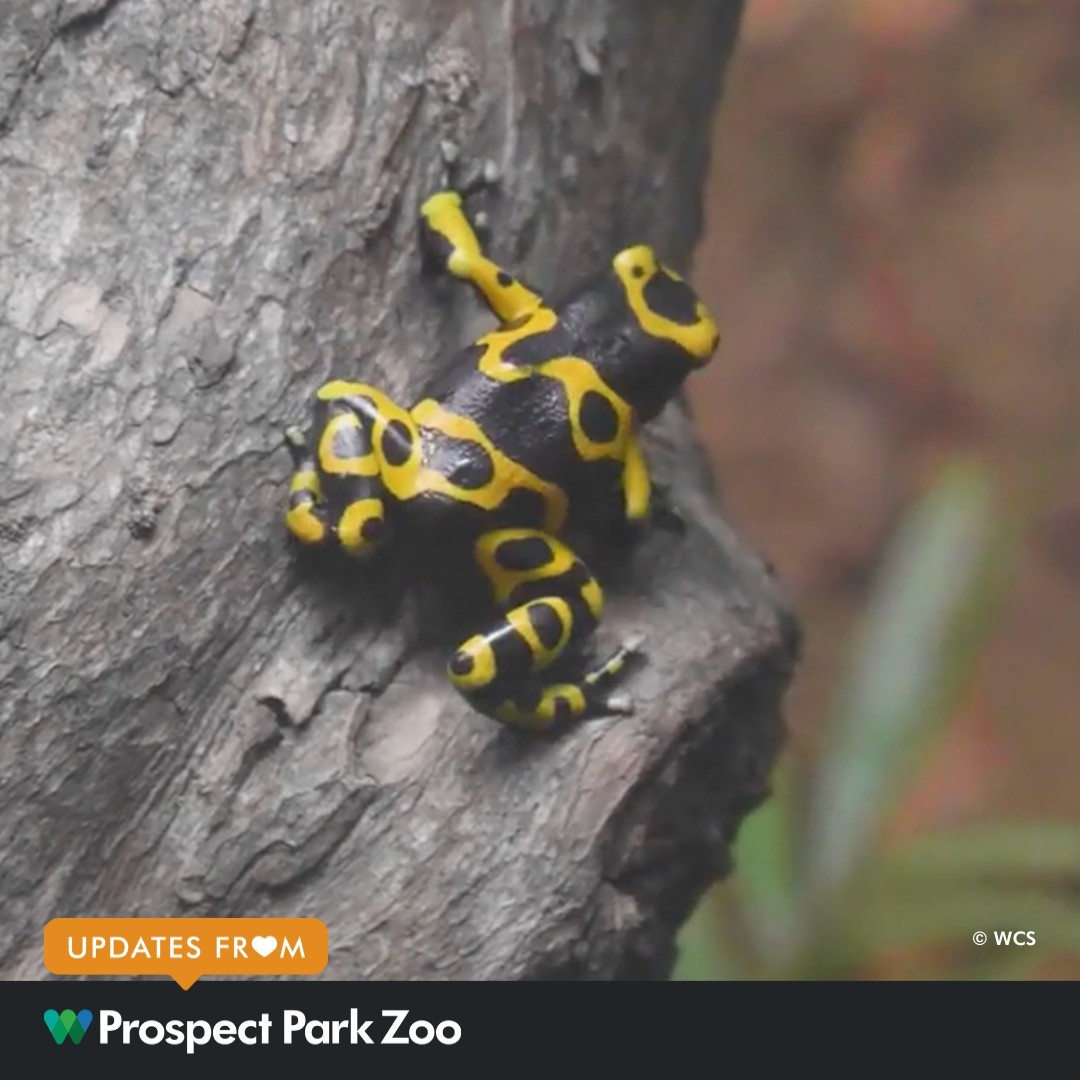– The significance of Happy World Frog Day in raising awareness about frog conservation
– The unique characteristics and toxic defense mechanisms of poison frogs
– The ecological role of poison frogs in their natural habitats
– Threats to the survival of poison frogs and conservation efforts
– The importance of responsible zoo management in preserving frog diversity
Happy World Frog Day serves as an annual reminder of the importance of amphibians, like the captivating poison frog, in our Earth’s ecosystems. Known for their brightly colored skins and the potent toxins they carry, poison frogs have long fascinated scientists and nature enthusiasts alike. As we celebrate these remarkable creatures, let’s delve into the intriguing aspects of their biology, their role within the environment, and the pressing need for their conservation.
Poison frogs, also known as dart frogs, belong to the family Dendrobatidae. These small, often brilliantly colored amphibians are indigenous to the wet tropical forests of Central and South America. Their bright colors are not just for show; they are a form of aposematism, a biological term for warning coloration that signals toxicity to potential predators. Yet, how these amphibians develop such potent toxins is a story deeply rooted in their diet and natural history.
The lethality of poison frogs is indeed astonishing. Certain species contain alkaloid toxins called batrachotoxins, which are powerful enough to cause serious harm or even death to potential predators. Remarkably, these poisons are not produced by the frogs themselves. The toxins are derived from the insects and other small arthropods they consume in the wild—ants and beetles, in particular, possess chemicals that, once ingested by the frogs, are transformed into deadly poison. This remarkable adaptation has prompted significant research interest in biochemistry and toxicology.
Despite their toxic defenses, poison frogs are integral to the balance of the ecosystems they inhabit. They are both predators and prey in their rainforest environments. As predators, they help manage populations of insects, which play a pivotal role in nutrient cycling and plant pollination. Conversely, as prey, albeit less frequently due to their toxicity, they are part of a complex food web where energy is transferred across different trophic levels.
However, these impressive creatures are under threat. Due to deforestation and expanding agriculture, Habitat destruction has led to significant declines in poison frog populations. The harvesting of frogs for the pet trade further compounds this issue, upsetting the balance of their native ecosystems. Climate change, pollution, and emerging diseases like chytridiomycosis also contribute to their vulnerability. Conservation efforts, therefore, are vital to ensure that these important amphibians continue to thrive. Captive breeding programs and protecting their natural habitats are just two ways in which conservationists and herpetologists are working to safeguard their future.
Poison frogs hold a special place in the world of zoo management and wildlife conservation. Responsible zoos participate in conservation efforts by maintaining genetically diverse populations of these frogs, contributing to research, and educating the public about the importance of amphibian conservation. Zoo-based breeding programs often mimic natural conditions to increase the chances of successful breeding and raise froglets that could be reintroduced to secure habitats in the wild.
Poison frogs’ spectacular diversity and their precarious status in the wild highlight the crucial responsibility that zoological institutions have toward preserving species diversity. By displaying poison frogs, zoos captivate visitors with their beauty and underline the interdependence between humans and the natural world. When implemented effectively, educational programs bolster public understanding and support for conservation initiatives extending beyond zoo walls to help protect critical rainforest habitats.
Observing Happy World Frog Day reminds us of our connectivity to the natural world and the collective actions necessary to ensure the survival of species like the poison frog. It is an occasion to celebrate these amphibians’ wonder and recommit to the stewardship of the diverse and delicate ecosystems they inhabit. Our shared efforts, from scientific research to community involvement, are essential to the future of poison frogs and the countless other species that share their rainforest homes.
To truly participate in the spirit of Happy World Frog Day, individuals can support conservation organizations, be mindful of the products they consume, and lend their voice to preserving natural habitats. This day provides an excellent opportunity for zoos, educators, and environmentalists to engage with a wider audience about the importance of amphibian conservation and the steps each can take to make a difference. With continued dedication and support, the enchanting chorus of poison frogs will resonate in the wild for generations, ensuring that their vivid colors and powerful chemical defenses continue to be a source of wonder and ecological stability.
*****
Source Description
Happy World Frog Day! Today, we highlight a fascinating group of frogs considered among Earth’s most toxic or poisonous species: the frog.
Found in the rainforests of Central and South America, some of these vibrant amphibians have enough poison to kill 20,000 mice. Poison frogs get their powerful toxicity from their diet. This includes many different kinds of insects, including fruit flies, ants, termites, crickets, and beetles.


